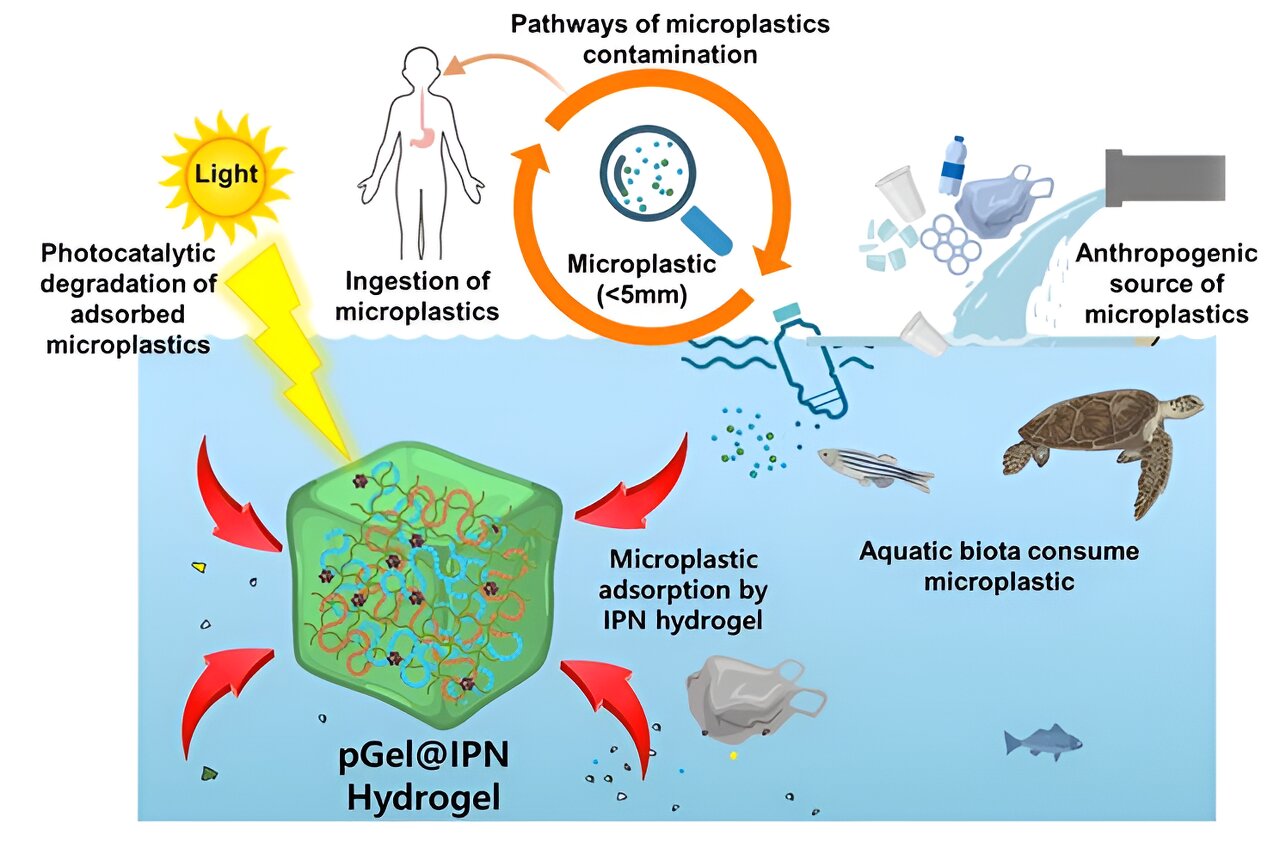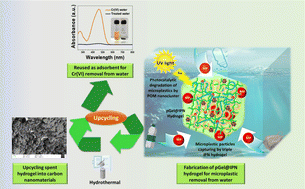Microplastics are a major health threat, but also an environmental hazard, as they endanger aquatic and terrestrial life forms.
To combat this increasingly emerging pollutant, researchers at the Indian Institute of Science (IISc) have developed a sustainable hydrogel that removes microplastics from water.
According to Phys, this material has an interwoven polymer network - made up of three different polymer layers(chitosan, polyvinyl alcohol and polyaniline) - which manages to bind contaminants and degrade them using UV light irradiation.

The interwoven layers form an Interpenetrating Polymer Network (IPN) architecture in a matrix with nanoagglomerates of polyoxometalate, a copper substitute (Cu-POM), which use UV light to degrade microplastics.
The combination of polymers and nano-agglomerates resulted in a strong hydrogel with the capacity to adsorb and degrade large quantities of microplastics.
During the laboratory experiments, the scientists encountered another problem: being very small, microplastics are very difficult to detect.
In order to resolve this issue, the researchers added a fluorescent dye to the microplastics to monitor how much was being degraded by the hydrogel under different conditions.
This adaptation of the initial plan led to the conclusion that the hydrogel was able to remove around 93% and 95% of two different types of microplastics in water with an almost neutral pH (~6.5). In addition, the team found that the combination of the three polymers made the material stable at different temperatures.
The scientific article with the results was published in Nanoscale.

In January, another team of scientists created an innovative hydrogel designed to efficiently harvest water from the air.
This kind of solar-powered water harvester offers a promising solution for regions struggling with water scarcity.





